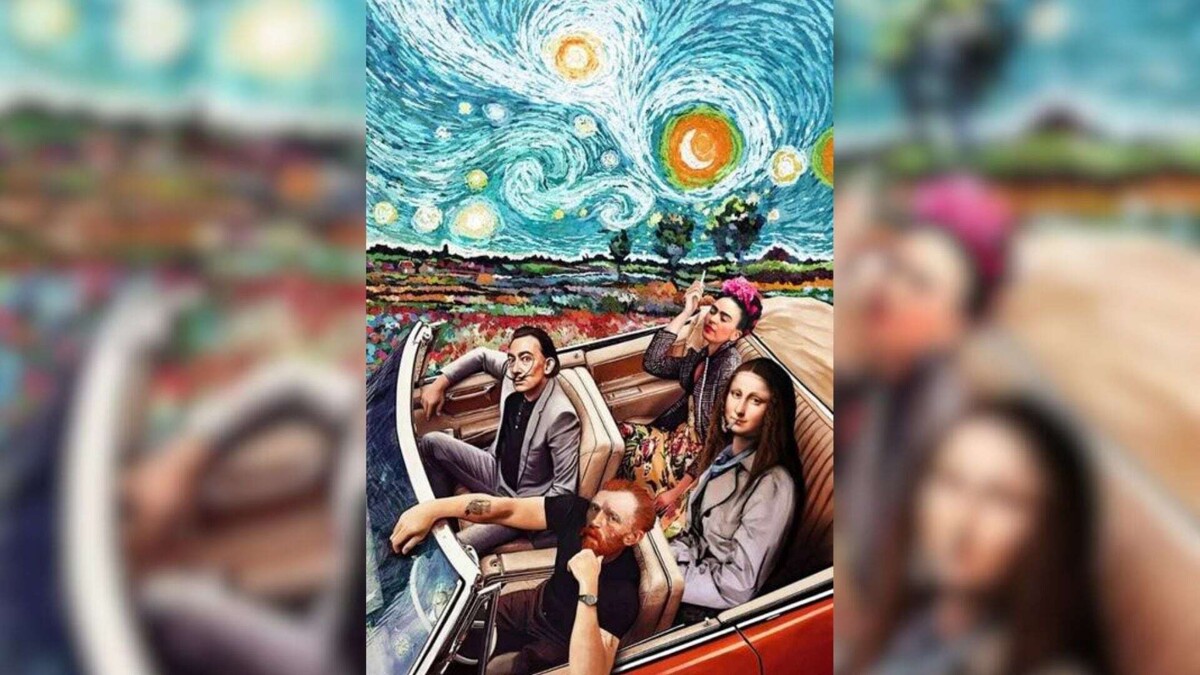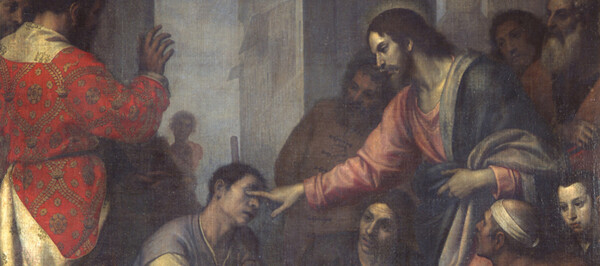
Great masterpieces of painting not only showcase technical skill and artistic creativity but also fascinating stories that have captivated entire generations. Behind the world's most famous paintings are hidden interesting tales, curious anecdotes, and surprising secrets.
The inspiration behind "The Persistence of Memory" came from a piece of melting Camembert cheese in the sun in Salvador Dalí's studio. This artist combined the idea of the relativity of time with that image to challenge perception and reality in his work.
"Guernica" by Pablo Picasso is a powerful commentary on the horrors of war and the brutality of violence. This painting was a response to the bombing of the Spanish city of the same name during the Spanish Civil War in 1937.
Despite his delicate health, Van Gogh found inspiration in the landscape around him and managed to capture the beauty and movement of the night sky with vibrant colors in "Starry Night."
"The Persistence of Memory" by Salvador Dalí, with its melting clocks, is one of the most famous surrealist works of the Spanish painter, symbolizing resistance and solidarity, and remains influential and moving.
In "The Last Supper" by Leonardo da Vinci, the last moment shared by Jesus and his apostles before the crucifixion is depicted. This painting has also been the subject of countless interpretations and controversies.
The iconic "Mona Lisa" by Leonardo da Vinci has puzzled viewers and experts for centuries, created while the artist was in a mental asylum. It has been the subject of numerous theories about her identity and has generated endless interpretations and controversies.
"Each of these masterpieces represents the historical and emotional moments that inspired them, ensuring their place in the history of art and global culture."













